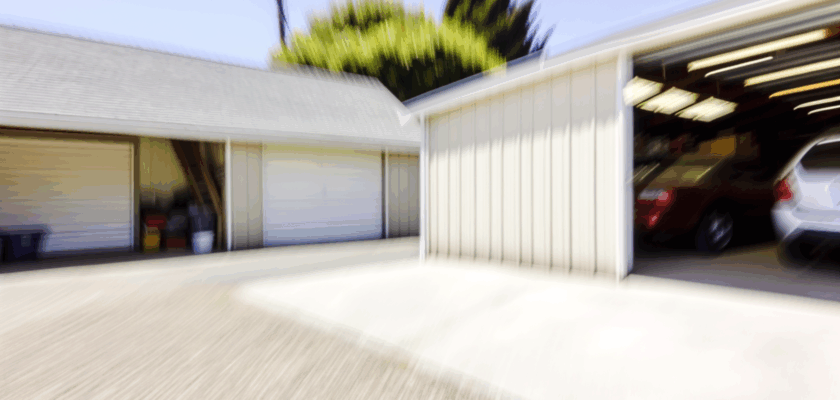When it comes to adding extra utility space to your property, storage sheds and carports are two popular options that serve different purposes. Both structures offer protection, but their design, function, and suitability depend largely on what you intend to store and the level of protection you require. Understanding the key differences between these two can help homeowners make informed decisions that maximize the value and functionality of their outdoor spaces.
Key Differences Between Storage Sheds and Carports
Storage sheds are fully enclosed structures designed primarily to protect belongings from weather, theft, and pests. They typically have walls, a roof, and a lockable door, making them ideal for storing tools, garden equipment, bicycles, and other items that need secure shelter. Materials vary from wood and metal to plastic, each offering different durability and maintenance requirements.
Carports, on the other hand, are open-sided structures with a roof that provides overhead protection, mainly for vehicles such as cars, trucks, or boats. The lack of walls means they offer less security and protection against wind-driven rain or snow but are generally easier and less expensive to build. Carports can be freestanding or attached to a home, providing a versatile shelter option without fully enclosing the space.
Another critical distinction lies in their intended use and accessibility. Storage sheds prioritize security and organization with shelves and compartments, while carports focus on ease of access and quick protection from the elements. This difference means that while you might store seasonal items or tools in a shed, a carport is designed primarily for daily use to protect vehicles from sun damage, frost, or precipitation.
Choosing the Right Structure for Your Needs
Determining whether a storage shed or carport is right for your property begins with assessing what you need to protect. If you require a secure space to store valuable equipment or seasonal belongings, a storage shed is the better choice. The enclosed design keeps items safe from weather and theft, making it ideal for homeowners who want a dedicated, lockable area for their possessions.
If your primary concern is sheltering vehicles from sun, rain, or snow, a carport is generally more practical. It offers quick, convenient access without the need for opening and closing doors, and its open design facilitates ventilation, which can help prevent moisture buildup around vehicles. This makes carports particularly useful in climates with mild winters or for those who want to avoid the cost of building a garage.
Budget and space constraints also play a key role in the decision. Storage sheds often require more investment in materials and installation, as well as a larger footprint if you want to maximize storage capacity. Carports tend to be more cost-effective and quicker to erect, especially for properties that lack the space or zoning approval for a fully enclosed structure. Assessing your property’s layout and local regulations can further guide your choice.
Choosing between a storage shed and a carport ultimately depends on your specific needs and priorities. While sheds offer secure, enclosed storage for tools and equipment, carports provide accessible, cost-effective protection for vehicles. By understanding their key differences and evaluating your property and usage requirements, you can select the right structure that enhances your outdoor space and meets your practical demands.

